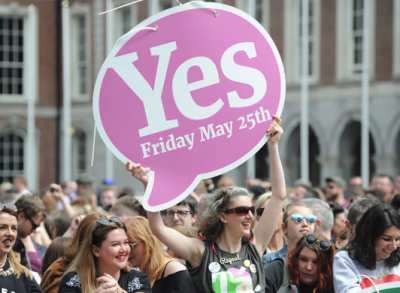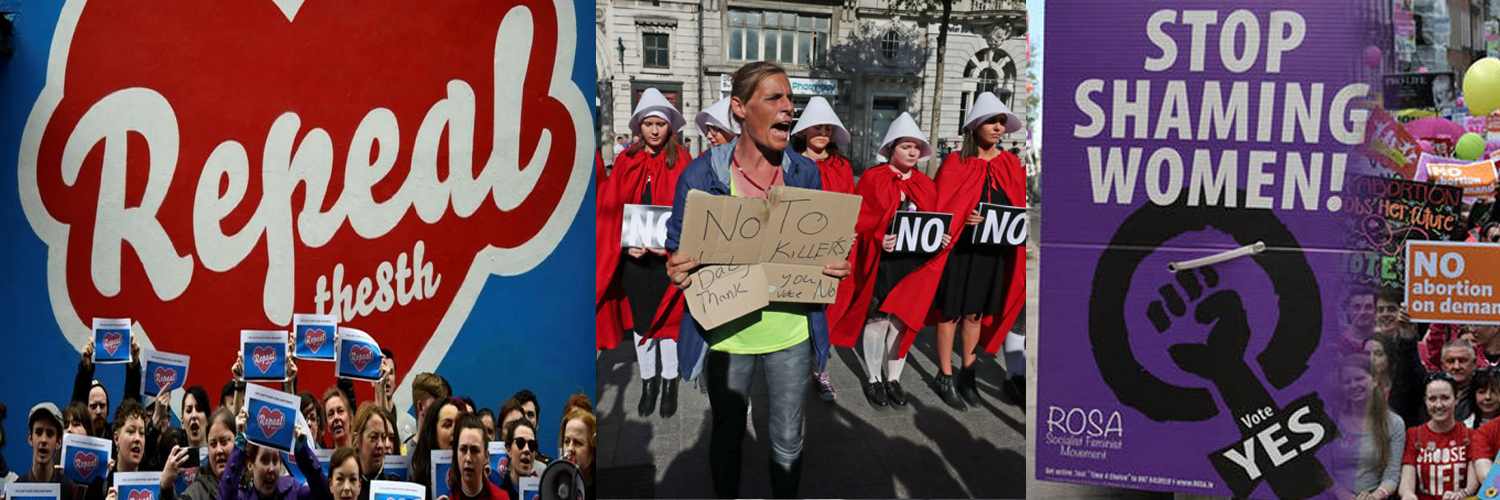
The Eight Amendment to the Irish Constitution severely restricted access to abortion in Ireland and with its repeal the Irish Government is now free to legislate for the provision of abortion services in Ireland and also to remove the possibility of medical practitioners potentially facing criminal charges.
The Referendum campaign was at times bitter and divisive and was projected by opinion polls to be a close-run affair. Distrust of the opinion polls in the wake of the recent US presidential election and the UK Brexit led to those who advocated a ‘Yes’ vote (those who wanted to repeal the Eight Amendment), not allowing complacency to set in to their campaign.
They repeatedly pointed out that this was a ‘once in a generation’ opportunity to effect real social change in Ireland and hammered home the message that, despite leading in the polls, that their job was not yet done.
Their message was heard and the vote was carried by a massive 66.4% to 33.6%.
The vote to a large extent mirrors the 2015 Referendum where same-sex marriage was legalized in Ireland by a margin of 61.2% to 37.9%. The conclusions after the 2015 vote are still very relevant in 2018:
* Young people participated
It is worth noting that at the time that the Eight Amendment was enacted in 1983 citizens who are now 53 years or younger were unable to vote. Primarily it is this precise cohort who have rejected the attitudes of their predecessors with every demographic under the age of 65 emphatically voting ‘Yes’ while those aged 65 and over were the only demographic to vote ‘No’.
* New Voters had an impact
It is estimated that over 200,000 new voters were registered in the weeks leading up to the vote. This was the third-highest turnout (by percentage) for a Referendum in the history of the country and the biggest turnout ever (by number of voters) in the history of Ireland.
* Continuing decline of the Catholic Church in Ireland
Church attendance in Ireland has been in steady decline for decades with Archbishop Eamon Martin lamenting the fact that ‘Ireland is now conforming to a western liberal democracy… people are taking an a la carte approach to Catholicism.’
The Bishop of Elphin responded to the Referendum result by instructing Catholics who voted ‘Yes’ to attend Confession. Bishop Doran confirmed that those who had erred in favor of repealing the Eight Amendment would be treated the same as ‘any other penitent’ and that they had sinned by voting ‘Yes’.
* Those who voted ‘No’ are still politically unrepresented
It is a truism that the older a person becomes the more conservative they become. The truth of this statement is borne out by the results of this Referendum. It is those aged over 65 years who rejected the new proposals and it is still they who are largely unrepresented in a political sense. With all of the major political parties and leaders weighing in behind a ‘Yes’ vote (Fianna Fail was very divided on the issue), there is no single unifying standard-bearer for the 37.9% who voted ‘No’. And those among the younger demographics who voted ‘No’ are similarly unrepresented.
Savita Halappanavar is remembered
An RTE survey revealed that as many as 8% of voters were influenced by the tragic death of Savita Halappanavar in 2012. The unnecessary death of this woman in a Galway hospital was the spark that lit the fuse for this social revolution to ignite again. Previous attempts had been made to effect change but there had never been any political will. This time though, the image of Savita Halappanavar proved impossible to ignore for so many voters.

 Michael Green is Manager of The Information about Ireland Site
Michael Green is Manager of The Information about Ireland Site